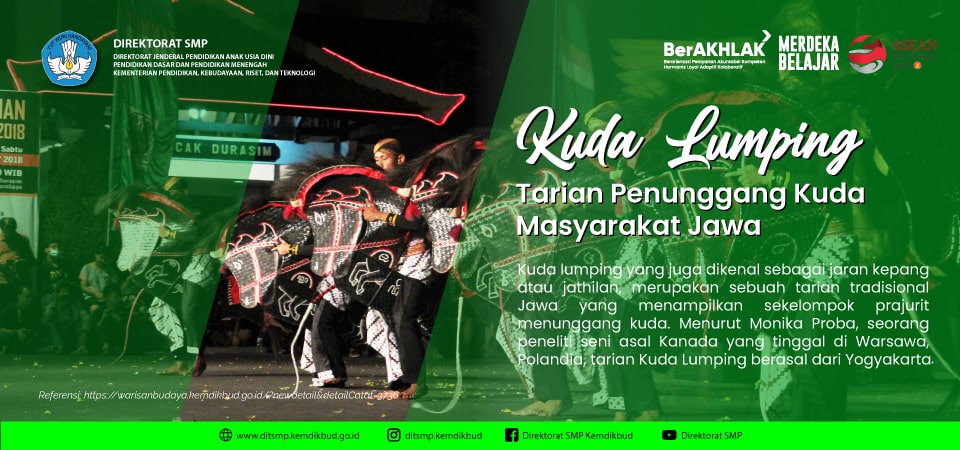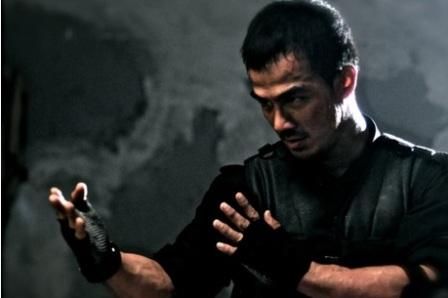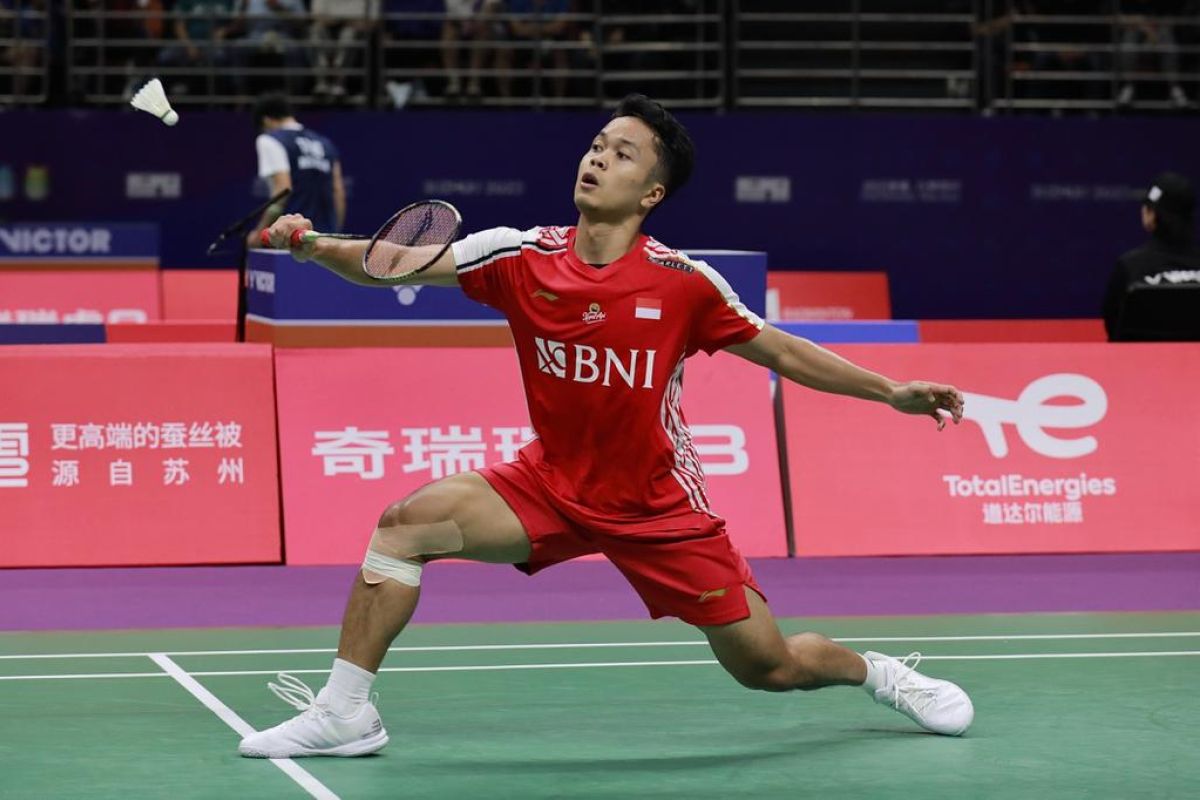Hello college friends! Some of you may be familiar with horse lumping. Yeah! The lumping horse dance is a traditional Javanese dance that has spread to various parts of Indonesia. Come on, learn more about the lumping horse dance!
Lumping horse, also known as jaran kepang or jathilan, is a traditional Javanese dance that features a group of mounted warriors. According to Monika Proba, a Canadian art scholar who lives in Warsaw, Poland, the Kuda Lumping dance originated in Yogyakarta.
The lumping horse dance uses woven horses made of bamboo or other materials shaped to look like horses, then decorated with artificial hair made of plastic rope and colored fabric. In addition to showing scenes of warriors on horseback, this dance also often features attractions such as possession, invulnerability, and magical powers, such as eating glass or being immune to whipping. Even though it originated in Java, this dance is also widely practiced by Javanese who live in Sumatra and several regions outside of Indonesia such as Malaysia, Suriname, Hong Kong, Japan, and America.
The lumping horse attraction was originally a spectacle reflecting the fighting spirit and symbol of Prince Diponegoro’s cavalry resistance against Dutch colonialism. But in its development, this show incorporates spiritual elements.
The attraction of huddled horses was also used as a form of non-military resistance against Dutch troops. The movements of this dance reflect the spirit of heroism and the military aspect of a horse or cavalry troop, which can be seen from the rhythmic, dynamic and aggressive movements, touching woven bamboo, imitating the movements of a horse on the battlefield. Moreover, horse lumping is also intended as a means of entertainment.
As a means of entertainment, horse shows sometimes last up to 1-2 days. Currently, lumping horses are often displayed in various events, such as welcoming guests of honor, weddings, cultural festivals, and thanksgiving events. In fact, lumping horses can also be used as a means of socializing regulations to the public, an example of which is the 2016 sympathetic operation of the temple and the broadcast of traffic orders in the Traffic Order Zone (KTL) of the Purbalingga district where police personnel from the Purbalingga Police Traffic Unit become horse players.
So that’s an explanation of horse lumping. As Indonesian citizens, we must preserve it because besides having historical value, the horse also has great artistic value. How to preserve it can be started by frequently watching lumping horse performances and participating in activities at art galleries that study lumping horse attractions. Hope this information is helpful to you, college friends!
Author: Web manager of the SMP department
Reference:
https://warisan Budaya.kemdikbud.go.id/?newdetail&detailCatat=3736
https://kuwaru.kec-kuwarasan.kebumenkab.go.id/index.php/web/artikel/4/151
https://ppid.purbalinggakab.go.id/di-purbalingga-ada-kuda-lumping-ikut-operated-simpatik/

“Unapologetic travel lover. Friendly web nerd. Typical creator. Lifelong bacon fanatic. Devoted food enthusiast. Wannabe tv maven.”

:strip_icc():format(jpeg)/kly-media-production/medias/4889148/original/004013400_1720683504-firman_1.jpg)




